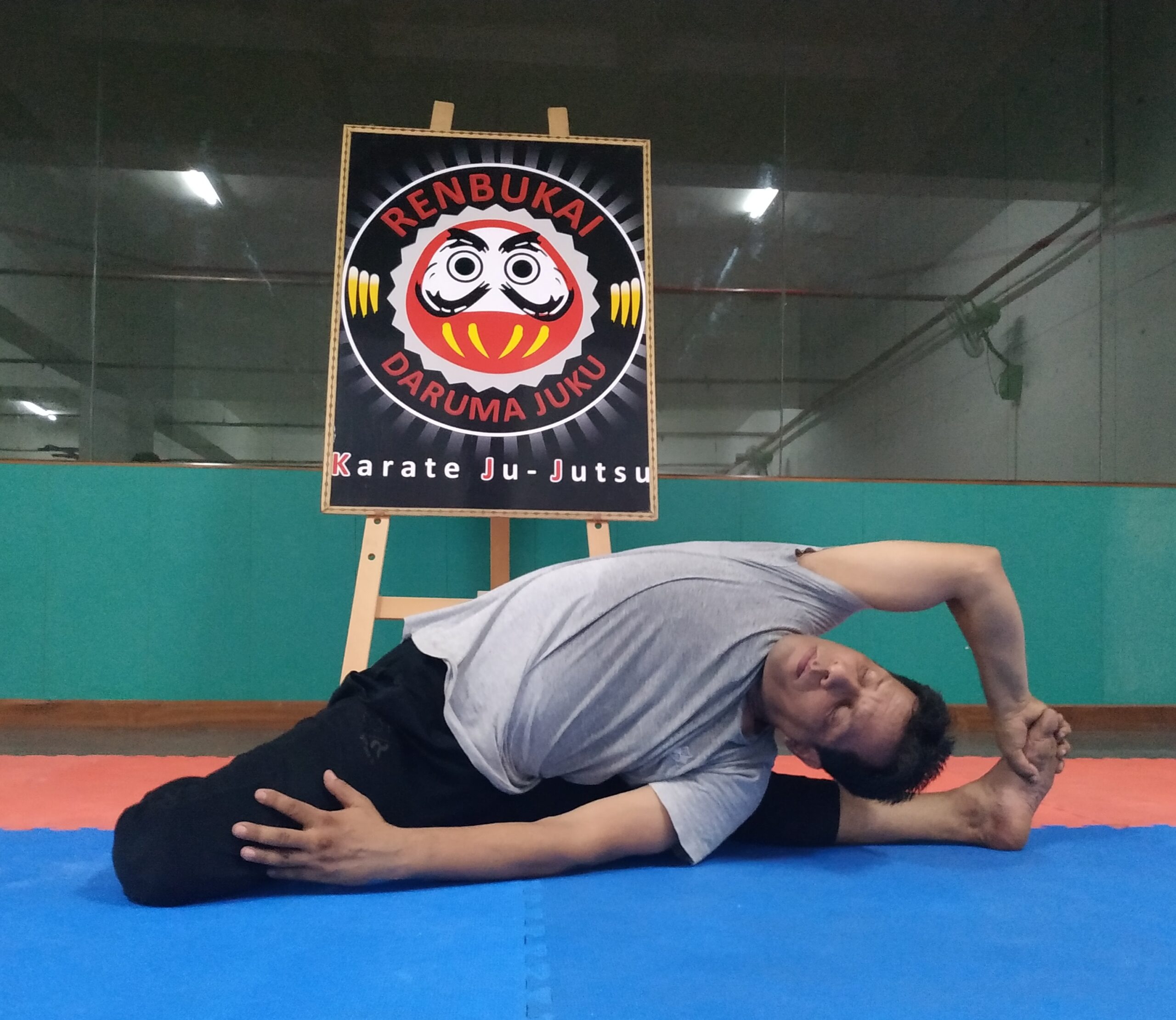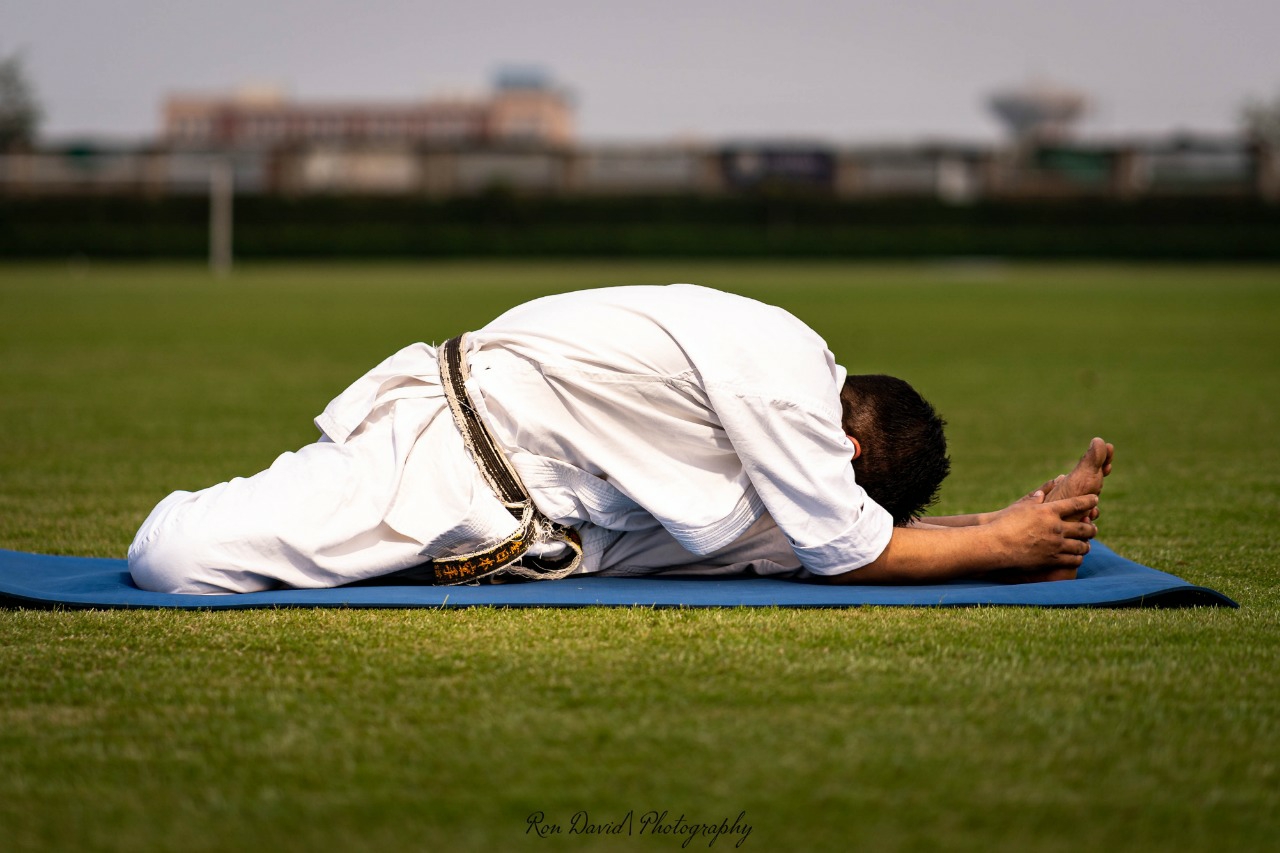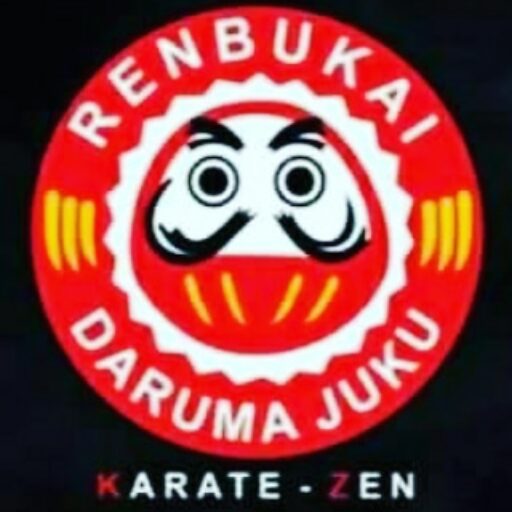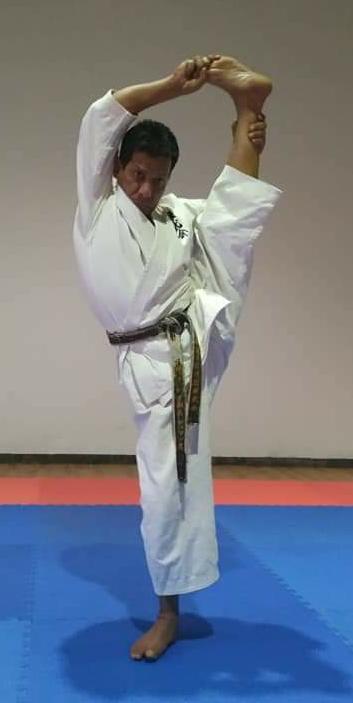VIRBHADRA – ASTANG YOGA ORGANIZATION ( INDIA)

Shadhak Subodha Dhiman
was born in 1969 , Virbhadra Rishikesh
( World capital of yoga)
He grew up in a very spiritual and martial environment, Rishikesh is very holy place for Hindus, he was very keen to learn yoga and martial arts. He began studying yoga 1989 under Rudra goura swami ji who top student of famous Guru BKS Iyengar ji and Martial arts under sensei Gajendra singh ( ITBP pera military personnel) who is an expert in Goju ryu style of karate do later he received training famous Sensei RS Kanwar ( disciple of Sensei Pervez Mistry). Subodha Dhiman is founder of Virbhadra Astang yoga Organization ( India).
Virbhadra Yoga is a system of astang yoga, a type of yoga as way of life, devised by Sadhak Subodha Dhiman , that became popular in Martial arts world. Classes consist of a fixed sequence of 18 Asaan (Postures), yam, Niyam pranayama, and most important Dharna.
Virbhadra Astang Yoga spread rapidly across India.
What Does Yoga Actually Mean?

This union is not referring to your fingers touching your toes or your nose reaching your knees. It’s also not referring to the union of mind and body, although, this is commonly repeated within the yoga community.
The union that the word yoga is referring to is that of uniting individual consciousness (our individual experience of reality) with Divine consciousness (the essence of truth as perceived when we quiet our five senses and reconnect with the Supreme Self within).
Yoga philosophy is one of the six branches of the Vedas, which are considered to be one of the world’s oldest scriptures.
The first branch, called Vedanta, explains that all knowledge and experience comes from one underlying consciousness, or reality.
The second branch, Sankhya, describes how the one consciousness differentiated itself to appear as many things.
The third branch, which is yoga philosophy, describes the processes needed to realize our unity with the one consciousness so that we may free ourselves from the suffering felt through our perceived separation.
All yoga practice is to serve the unfolding of infinite potential of both the human mind and eternal Self.
Through this ultimate union of the self with the Divine, we experience lasting bliss, or bhoga, and liberation from suffering.


